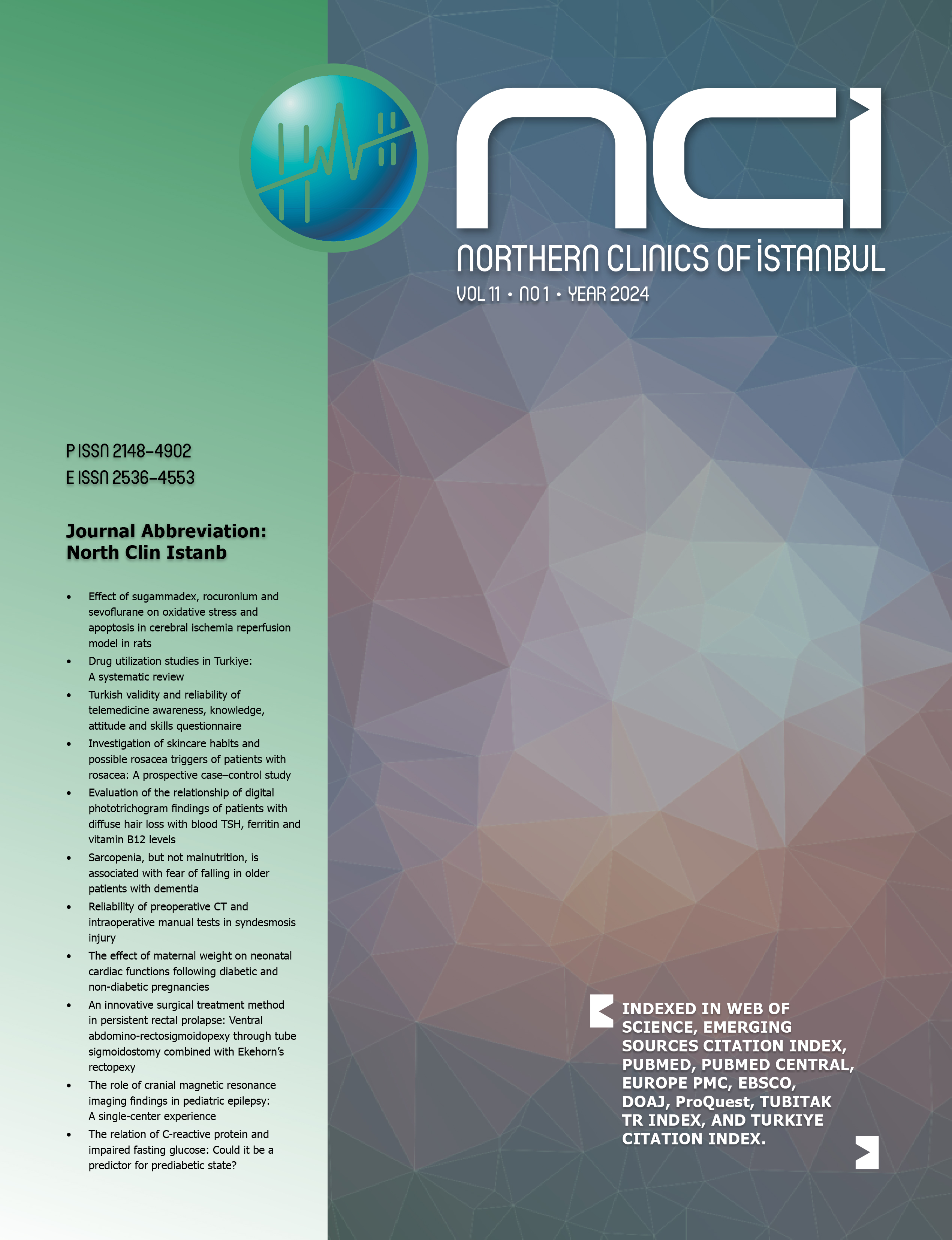Subcorneal hematoma as an imitator of acral melanoma: Dermoscopic diagnosis
Ömer Faruk Elmas1, Necmettin Akdeniz21Department of Dermatology, Ahi Evran University Faculty of Medicine, Kirsehir, Turkey2Department of Dermatology, Medeniyet University Faculty of Medicine, Istanbul, Turkey
OBJECTIVE: There are few studies investigating dermoscopic features of subcorneal hematoma, which is one of the imitators of acral melanoma. In this study, we aimed to describe dermoscopic findings of SH which will facilitate the diagnosis by reducing the use of invasive procedures.
METHODS: This study included patients with subcorneal hematoma. Clinical, demographic and dermoscopic findings of all the patients were retrospectively reviewed. The diagnosis of subungual hematoma was confirmed using a positive scratch test in all of the patients.
RESULTS: The findings showed that red-black (n=9, 45%) was the most common dermoscopic color followed by brown (n=4, 20%), red (n=3, 15%), black (n=2, 10%), brown-black (n=1, 5%) and red-brown (n=1, 5%). The most common pigmentation pattern was homogenous pattern (n=13, 65%). Eleven (55%) lesions showed globular pattern and eight (40%) lesions exhibit parallel ridge pattern. Eight (40%) lesions showed a combination of homogenous and globular patterns. The globules were disconnected from the homogenous pigmentation in six lesions. In two (10%) lesions, the globules were localized over the homogenous pigmentation.
CONCLUSION: The presence of homogenous red to brown to black pigmentation combined with globules may lead to the correct diagnosis in a subcorneal hematoma. Scratch test may be a practical and minimal invasive diagnostic option to confirm the diagnosis in suspicious cases. To our knowledge, this is the most comprehensive study focusing on the dermoscopic aspect of the subcorneal hematoma. (NCI-2018-0225.R1)
Manuscript Language: English





















